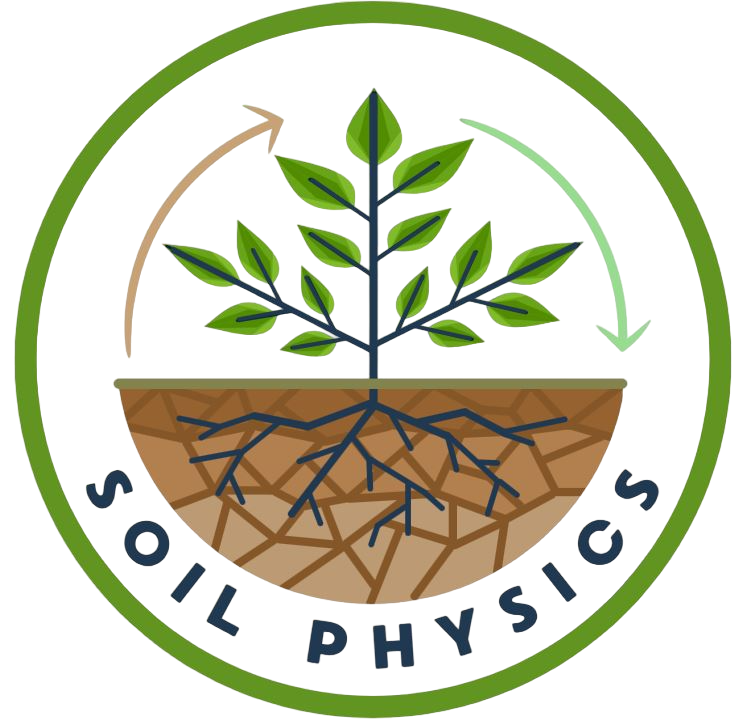| Meunier, Félicien; Couvreur, Valentin; Draye, Xavier; Zarebanadkouki, M; Vanderborght, J; Javaux, Mathieu: Water movement through plant roots–exact solutions of the water flow equation in roots with linear or exponential piecewise hydraulic properties, (2017), doi:https://doi.org/10.5194/hess-21-6519-2017 | |
| Abstract: In 1978, Landsberg and Fowkes presented a solution of the water flow equation inside a root with uniform hydraulic properties. These properties are root radial conductivity and axial conductance, which control, respectively, the radial water flow between the root surface and xylem and the axial flow within the xylem. From the solution for the xylem water potential, functions that describe the radial and axial flow along the root axis were derived. These solutions can also be used to derive root macroscopic parameters that are potential input parameters of hydrological and crop models. In this paper, novel analytical solutions of the water flow equation are developed for roots whose hydraulic properties vary along their axis, which is the case for most plants. We derived solutions for single roots with linear or exponential variations of hydraulic properties with distance to root tip. These solutions were subsequently combined to construct single roots with complex hydraulic property profiles. The analytical solutions allow one to verify numerical solutions and to get a generalization of the hydric behaviour with the main influencing parameters of the solutions. The resulting flow distributions in heterogeneous roots differed from those in uniform roots and simulations led to more regular, less abrupt variations of xylem suction or radial flux along root axes. The model could successfully be applied to maize effective root conductance measurements to derive radial and axial hydraulic properties. We also show that very contrasted root water uptake patterns arise when using either uniform or heterogeneous root hydraulic properties in a soil–root model. The optimal root radius that maximizes water uptake under a carbon cost constraint was also studied. The optimal radius was shown to be highly dependent on the root hydraulic properties and close to observed properties in maize roots. We finally used the obtained functions for evaluating the impact of root maturation versus root growth on water uptake. Very diverse uptake strategies arise from the analysis. These solutions open new avenues to investigate for optimal genotype–environment–management interactions by optimization, for example, of plant-scale macroscopic hydraulic parameters used in ecohydrogolocial models. |

